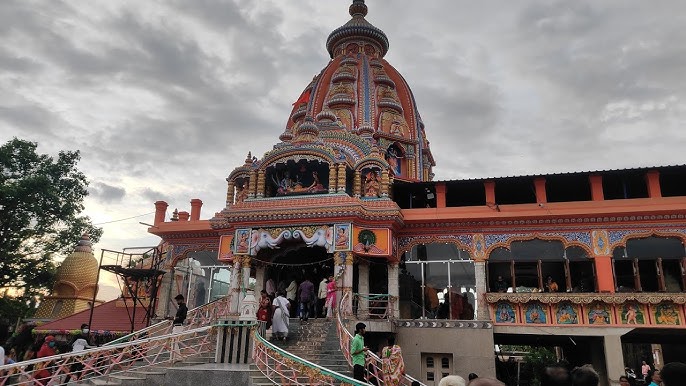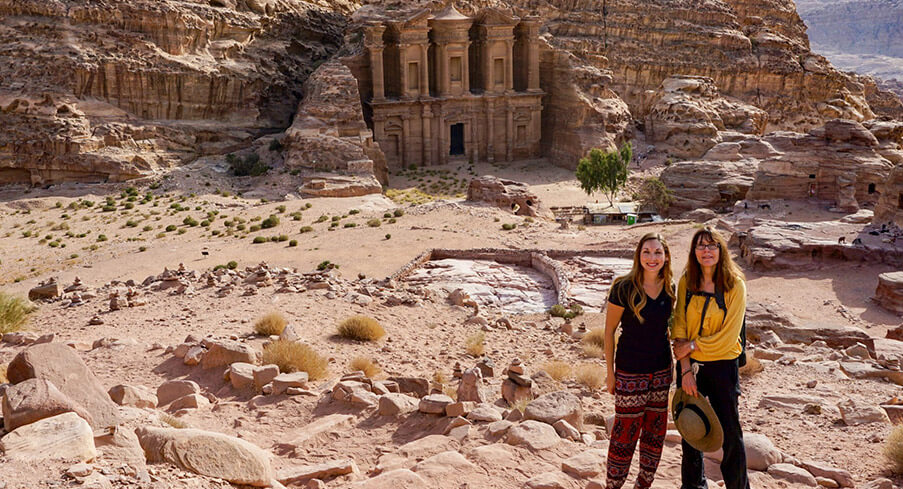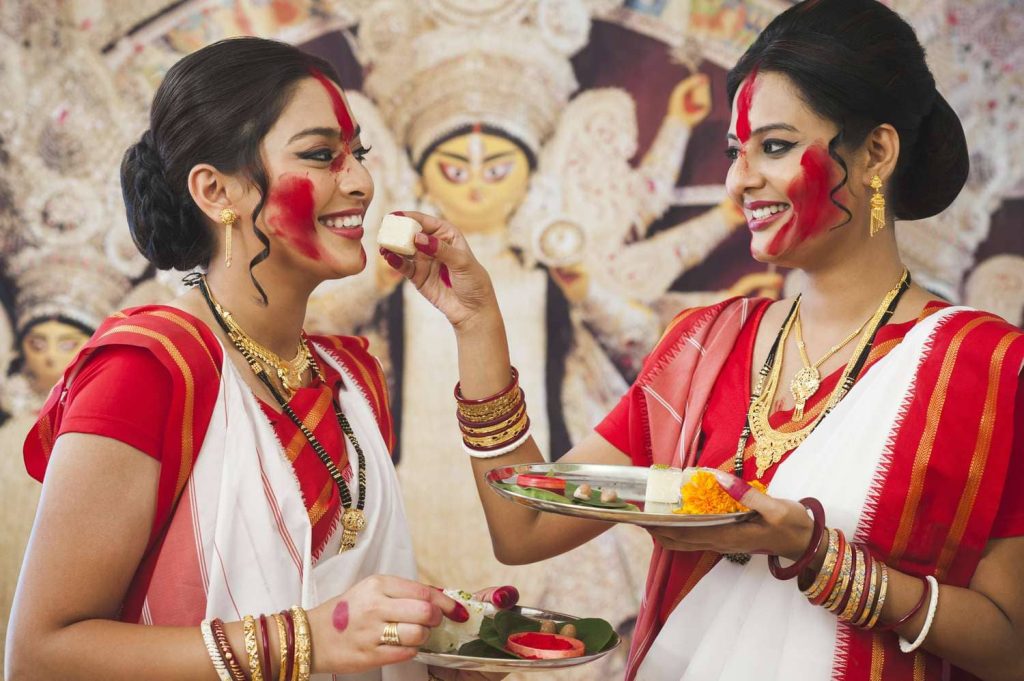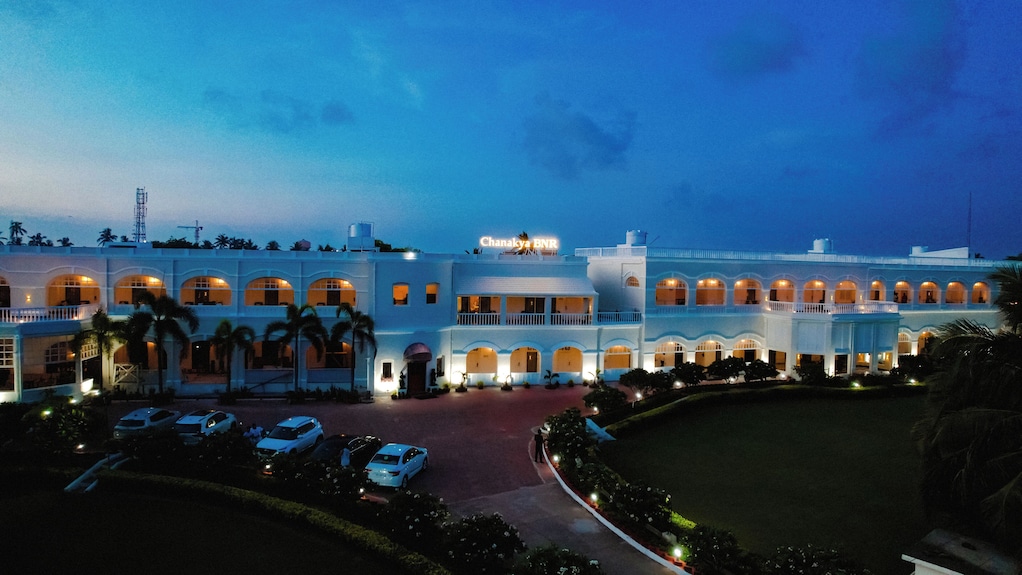
Bishnupur in West Bengal is renowned for its terracotta temples and Baluchari sarees. This town boasts a rich cultural heritage dating back to the 17th century.
Nestled in the Bankura district, Bishnupur is steeped in history with stunning architecture that attracts enthusiasts from around the globe. The temples, crafted from the laterite and brick, showcase intricate carvings depicting scenes from the epic Mahabharata. These monuments are not just places of worship but also a testament to the exceptional artistry of the Malla rulers who developed the unique style of Bishnupuri architecture.
Recognized by UNESCO, the town’s music, specifically the Bishnupur Gharana, has put it on the cultural map. With its combination of splendid art, music, and handcrafts, Bishnupur is a treasured cultural gem in India’s vibrant landscape.
The Origins Of Bishnupur’s Terracotta Craft
Bishnupur, nestled in West Bengal, is a treasure-trove of artistic expression. A remarkable craft that stands out here is terracotta. Known for its detailed artwork and deep cultural roots, the terracotta of Bishnupur draws visitors from across the globe.
Long before the modern allure of urban art, Bishnupur’s terracotta craft began flourishing. Historians link its emergence to the 17th century. The Malla rulers patronized this art form, using it to adorn temples and structures. This influx of royal support propelled local artisans into creating exquisite terracotta sculptures and architectural pieces.
- The terracotta art finds its essence in the rich red soil of the region.
- Artisans skillfully shaped clay into divine figurines and intricate plaques.
- Kiln-fired to perfection, each piece narrated a story of the past.
In Bishnupur, terracotta is not just an art—it’s a testament to local faith. Artisans depict scenes from Hindu epics like the Ramayana and Mahabharata. These stories resonate through the crafted walls of the famed terracotta temples.
The culture of the region breathes through these creations. Local festivals and folklore find expressions in terracotta. Artists incorporate symbols and myths into their designs, enriching the craft with cultural significance.
| Symbol | Meaning in Art |
|---|---|
| Lotus | Purity and divine beauty |
| Wheel | Circle of life and cosmic order |
Each terracotta work is a slice of heritage, a narrative of beliefs, and a depiction of ancient traditions. Bold strokes and spirited motifs keep Bishnupur’s history alive within the clay.
Architectural Marvels In Terracotta
Bishnupur, located in West Bengal, is renowned for its remarkable terracotta architecture. This quaint town, steeped in history, boasts an extensive collection of Malla dynasty temples. The intricate designs and detailed craftsmanship showcased in these structures are not just historically significant; they represent an era of architectural innovation in terracotta form.
The Iconic Temples Of Bishnupur
The temples of Bishnupur are the town’s crowning glory. Celebrated for their unique style, these heritage structures are fine examples of the terracotta art form. Revered sites include the Jorbangla Temple, Madan Mohan Temple, and the Rasmancha. Built with locally sourced laterite stones and bricks, each temple tells a story of devotion and artistry. The remarkable pyramidal structures and stupa-like crowns draw visitors and worshippers alike.
- Jorbangla Temple: Known for its roof’s ‘do-chala’ design.
- Madan Mohan Temple: Houses numerous terracotta carvings of Hindu deities.
- Rasmancha: Once used for the annual ‘Ras’ festival.
Design Elements And Motifs
The charm of Bishnupur’s temples lies in their elaborate decorations. Floral patterns, mythical creatures, and scenes from the epic Mahabharata and Ramayana adorn the walls. These motifs not only enhance the visual appeal but also serve as a testament to the artisan’s skillfulness.
| Motif | Symbolism | Location |
|---|---|---|
| Lotus | Purity and Divine Beauty | Temple Walls |
| Elephants | Strength and Royalty | Base Reliefs |
| Warriors | Valor and Chivalry | Panels |
Each temple in Bishnupur is a gallery of stories carved in brick. The preservation of these historical monuments is crucial as they hold great cultural value and display exceptional workmanship.
The Artisans Behind The Scenes
Bishnupur, a small town in West Bengal, bursts with color, rhythm, and art. It’s not just about the historic temples or melodious classical music. Behind these cultural wonders, the real magicians are the local artisans. They breathe life into clay and create masterpieces. These artisans are the unsung heroes of Bishnupur’s rich heritage.
Generational Craftsmanship
The art form passed down through generations is a treasure in Bishnupur. Each artisan family holds unique patterns and designs. They guard these secrets like rare gems. Youngsters learn by watching their elders. This way, they carry on the family legacy. They mix age-old techniques with new ideas to keep the art fresh and exciting.
- Skills taught from an early age
- Each family has distinctive designs
- Art blends tradition and innovation
The Process Of Creating Terracotta Art
Raw clay is the canvas for these Bishnupur artisans. The clay comes from the earth, pure and simple. Turning this clay into art is magical. The process is both complex and fascinating.
- Selection of Clay: Artists choose the right type for the art piece.
- Molding: They shape the clay with their hands and tools.
- Drying: Shaped clay is left to dry in the Sun.
- Decorating: Once dry, they carve and paint with natural dyes.
- Firing: The final step is heating in a kiln to harden the clay.
| Step | Process | Description |
|---|---|---|
| 1 | Clay Selection | Picking the best quality clay |
| 2 | Molding | Handcrafting the desired shape |
| 3 | Drying | Letting the clay set under the sun |
| 4 | Decorating | Engraving patterns and applying colors |
| 5 | Firing | Baking in a kiln for toughness |
Through these steps, terracotta art comes to life. It stands as a testament to the skills of Bishnupur’s artisans. Their hands create not just art, but a story in every piece.
Terracotta In Worship And Daily Life
Immerse yourself in the enchanting world of Bishnupur’s terracotta. This West Bengal town is famous for its unique art. Temples and daily items tell tales of history and culture. Let’s explore how terracotta shapes both worship and daily life in Bishnupur.
Religious Significance
The terracotta of Bishnupur does more than decorate. It connects people with the divine. The material, clay from the earth, holds a special place in spiritual practices. In temples, intricate terracotta panels depict stories of gods and goddesses. These tales in clay form the essence of Bishnupur’s religious fabric. The craftsmanship is not just awe-inspiring. It serves as a tool for devotion and storytelling.
Functional Wares And Household Items
Bishnupur’s terracotta is part of daily life too. Locals use beautifully crafted pots, plates, and jars from this versatile material. Each terracotta piece comes with a touch of tradition. Beyond aesthetics, these items have practical uses. Some common terracotta items in households include:
- Water pots – Keep the water cool
- Cooking vessels – Add a unique flavor to food
- Decorative items – Enhance the beauty of homes
Thus, the art of terracotta is deeply woven into the fabric of Bishnupur. It honors spiritual beliefs and simplifies everyday tasks.
Preservation Of Bishnupur’s Heritage
The quest to safeguard the rich legacy of Bishnupur in West Bengal has been a journey of pride and passion. This historical treasure trove boasts of majestic terracotta temples, extraordinary craftsmanship, and an enduring tradition of music that whispers tales of yore. Preserving this heritage not only honors the past but also cements a cultural identity for generations to come.
Conservation Efforts
Bishnupur’s conservation initiatives are a remarkable testimony to the commitment to protect its unique heritage. Actions taken include:
- Temple restoration – using age-old techniques to maintain authenticity
- Documentation of artifacts – creating detailed records for educational and research purposes
- Community engagement – involving locals in the upkeep and dissemination of knowledge
These efforts are crucial for ensuring that Bishnupur’s stories and architectural marvels remain intact. Government bodies, alongside historians and conservationists, work tirelessly to counter the threats to Bishnupur’s historical integrity.
Challenges And Opportunities
Yet, the path to preservation is strewn with challenges:
| Challenge | Opportunity |
|---|---|
| Natural wear and tear | Advancements in conservation technology |
| Lack of funds | Potential for tourism boosting revenue |
| Minimal local awareness | Education programs to foster pride and involvement |
Addressing these issues presents an opportunity to blend ancient wisdom with modern know-how, ensuring that Bishnupur’s cultural landscape thrives. Stakeholders are thus presented with an opportunity to engineer a future where the past is not only cherished but also serves as a bedrock for sustainable development.
Visiting Bishnupur’s Terracotta Sites
Bishnupur, a heritage-rich town in West Bengal, invites history buffs to witness its renowned terracotta temples. These intricate marvels reflect the excellence of 15th-century architecture and artistry, making it a fascinating journey back in time. Discovering Bishnupur’s terracotta sites transcends a typical tourist visit; it becomes an exploration of Bengal’s glorious past wrapped in earthen charm.
A Guide For Travellers
Embarking on the terracotta trail, visitors will find a variety of temples. Each structure boasts unique designs of flora, fauna, and mythological stories. Notable among these temples are the Shyam Rai Temple and Jorbangla Temple, which demand special attention.
- Prepare ahead: Carry water and wear comfortable shoes for extensive walks.
- Hire a guide: Local guides explain the history behind each motif.
- Photography: Capture the terracotta artwork, but respect the ‘no-flash’ rules.
The Best Times To Visit
| Season | Months | Experience |
|---|---|---|
| Winter | October to February | Enjoy cool weather perfect for daytime exploration. |
| Summer | March to May | Hotter temperatures; early morning or evening visits are ideal. |
| Monsoon | June to September | Greener landscapes, but expect heavy rains. |
For the best experience with fewer crowds, visit on weekdays. Festivals like Bishnupur Mela, held in December, bring a surge of visitors and a colourful display of local culture. Plan a visit during the mela to witness Bishnupur in its most vibrant form.
Bishnupur’s Terracotta In Modern Times
Bishnupur, a small town in West Bengal, India, stands as a testament to the enduring art of terracotta. It has a long history. Terracotta art dates back to the 17th century. It is alive even today. Through the years, this art form has adapted. It has found new ways to stay relevant in the modern world. Let’s explore how.
Contemporary Uses And Adaptations
As times change, so does the role of Bishnupur’s terracotta. This art is not just for temples now. People use it in homes and offices too. Artists create many things. They make pots, jewellery, and decor items. All from terracotta. Their work blends old techniques with new designs. This keeps the tradition alive.
- Home Decor: Modern homes feature terracotta artifacts. These are made by Bishnupur artists. They show culture.
- Jewellery: Earrings, necklaces, and more are crafted. They are popular. They are unique.
- Utility Items: Artists make useful items. These include lamps, planters, and coasters.
The Role Of Terracotta In Local Economy
Terracotta art supports many families in Bishnupur. It is key to the economy. The following points showcase its impact:
| Aspect | Impact on Economy |
|---|---|
| Employment | Artists, retailers, and guides get jobs. It helps their families. |
| Tourism | Visitors come to see the art. They spend money. This boosts the economy. |
| Exports | Goods are sold overseas. This brings in more money. |
Workshops and training centers keep skills alive. They pass them to new generations. This ensures a future for terracotta in Bishnupur.
Sales of terracotta items have gone up. They now happen online too. This opens up global markets. It helps local artisans. They can grow their reach. They can sell more.
Promoting Bishnupur’s Craft Nationwide
Bishnupur in West Bengal is a treasure trove of rich cultural heritage. This historic town is famous for its terracotta temples and exquisite handcrafted artifacts. Unique arts from Bishnupur, such as the Baluchari sarees and terracotta sculptures, deserve nationwide recognition. Let’s dive into how festivals, fairs, and support from government and institutions can promote these crafts across India.
Festivals And Fairs
Bishnupur hosts vibrant festivals and fairs that showcase its local crafts to visitors. These events are prime opportunities for crafters to exhibit their work and for enthusiasts to witness Bishnupur’s traditions. Some key events include:
- Bishnupur Mela – Occurring annually in December, artisans display their crafts, attracting both locals and tourists.
- Panchmura Pottery Fair – Held in the village acclaimed for terracotta pottery, it exhibits diverse terracotta artifacts.
- Durga Puja Fair – A celebration where the splendor of Bishnupur’s crafts blends with spiritual festivities.
Government And Institutional Support
The government and various organizations have launched initiatives to uplift Bishnupur’s craft traditions. Important measures include:
| Initiative | Description | Impact |
|---|---|---|
| Geographical Indication (GI) Tag | Recognition of the uniqueness of Bishnupur sarees and terracotta. | Boosts visibility and authenticity on a national scale. |
| Craftsmen Training | Skill development programs for local artisans. | Enhances quality and innovation in craft-making. |
| Marketing Support | Promotional campaigns and creation of sales outlets. | Expands market reach and increases sales potential. |
Frequently Asked Questions For Bishnupur West Bengal
What Is Bishnupur West Bengal Famous For?
Bishnupur in West Bengal is renowned for its terracotta temples, Baluchari sarees, and the classical music genre, Bishnupur Gharana.
What Is The Old Name Of Bishnupur?
The old name of Bishnupur was Vishnupur.
Is Bishnupur A City Or Town?
Bishnupur is a town located in the Indian state of West Bengal. It is renowned for its rich culture and terracotta temples.
Who Built Bishnupur Temple?
The Malla Kings constructed the Bishnupur Temple during the 17th and 18th centuries.
Conclusion
Embrace the rich tapestry of history and culture in Bishnupur, West Bengal. This destination is a hidden gem, offering a mosaic of stunning terracotta temples, vibrant music, and exquisite handicrafts. As you plan your next journey, consider Bishnupur for an unparalleled experience steeped in grandeur and artistry.
Discover the heart of Bengal’s heritage – Bishnupur awaits.






